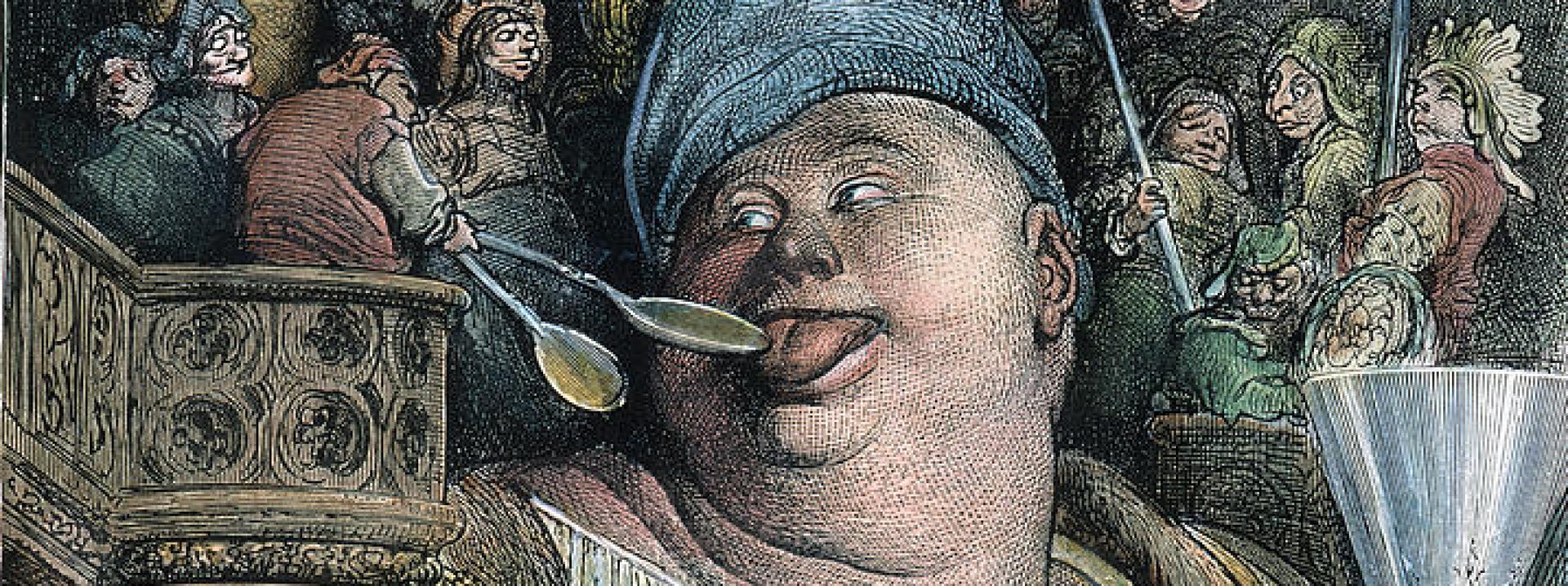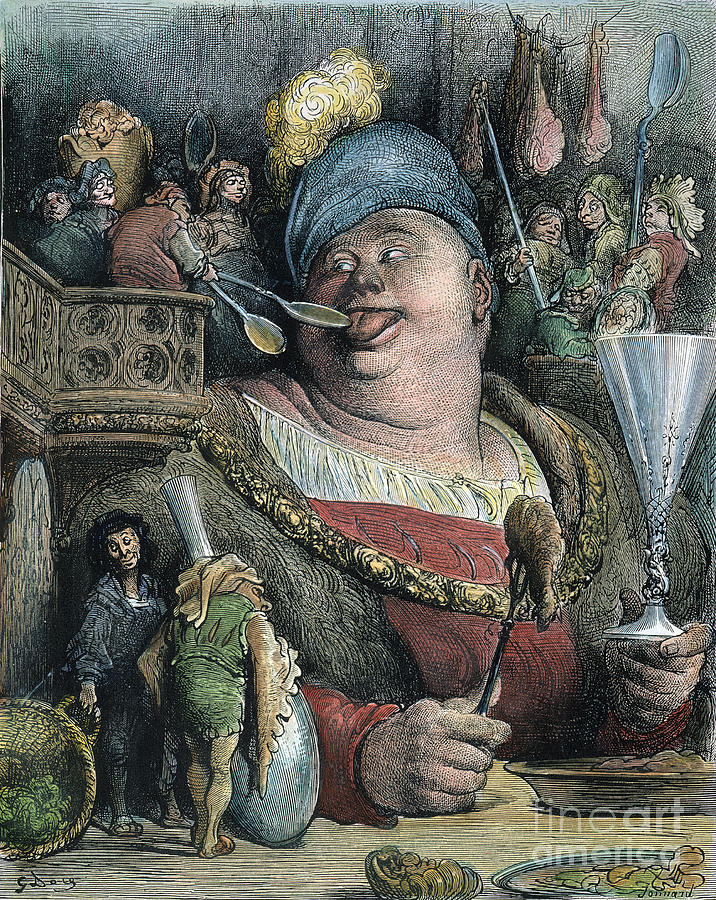Hi Everyone!
I wanted to use the final project to provide more discussion on the Fellini, Satyricon Film, relating it back to Bahktin’s analysis about images of the underworld or hell and the representation grotesque and carnivalesque. I watched the movie again and a whole and will use scenes to discuss how degradation can still occur without there being an explicit mention of hell. In some scenes there is a fire burning and almost ghostly moans that add to the eeriness. A majority of the film is dark and hard to see, which adds to the eeriness and overall first nudge towards degradation to the dark and eerie of the underworld. The use of this imagery adds a hellishness (idk if that’s a word) of the scenes. Bahktin discusses that images of the underworld contain “an ultimate concentration of gloom, fear, and intimidation” which is evident in scenes of the film. Even Though the film brings some confusion and gaps of plot, in the midst of this we can still draw conclusions of the undermining of hell by creating laughter. The underworld is very serious but constantly overlooked in the film from Trimalchio’s play funeral to the cannibalism scene. This then lightens the play and welcomes the carnivalesque laughter.
As discussed above, this image looks like a scene from the underworld. We see darkness, red sky, and the presence of fire via candles. From my recollection this place belongs to Trimalchio and is a celebration with food and drink. However, the imagery makes the scene much more dark and ominous than what is actually going on. With further look into this image we see the connection of the carnivalesque to hell-like places. (@25:25min)
Trimalchio and his fake funeral
Trimalchio hosts a funeral banquet to let people know how he wants it to go. There are lots of people who mourn him. Music is played and he encourages everyone to eat and drink in memory of him. This scene is essentially a bad omen and mockery of death. People prepare for their death by writing a will and telling their loved ones what they’d prefer to happen but Trimalchio takes this to a whole new level with the host of his funeral. The purpose of Trimalchio’s funeral is that it “pursues a distant, prophetic goal: to dispel the atmosphere of gloomy and false seriousness enveloping the world and all its phenomena.” He makes a very serious and gloomy event, one of celebration with food and drink that lighten the event. What if Trimalchio is being lower to hell (symbolized by his deep tomb), like Bahktin says “the downward thrust, inherent in all Rabelaisian images, brings us to the underworld, but the underworld also symbolizes this descent.” (@42:32 )
Thievery of Fortune god
In this scene the holiness of a deity meets degradation as it is limited by the material body. Just as a reminder, Encolpio and Ascylto along with a man set out to steal Fortune for themselves because they are jealous of what it has done for others and not them. But they are met with misfortune as Fortune dies. This scene serves as an example of how even the deities can be degraded from the skies. With Fortune “the entire spiritual topography is turned upside down” and returned to the material body. (@1:26:47)
Cannibalism
Again the scenery is dark and eerie perhaps this is because a funeral is taking place. But again after death he finds a way to uplift the gloomy mood to one of celebration. This is a very immoral deed that once again lowers the boundaries from a typical funeral event to cannibalism and Bahktin’s grotesque. He wrote “I urge my friends not to reject my invitation, but to devour my corpse as ardently as they sent my soul to hell.” Instead of being lowered into a grave these people eat the body thus eliminating the material degradation of his body. The cannibalism even after death, alllow for a “gay transformation and renewal.”
(@2:03:26)


What a fun topic Tia! I really enjoy the idea of creating “hell” without such explicitness. Looking especially at the first couple of pictures, I would add that besides the dark/red/firey tone, a large group of people like that is characteristic (to me) of large groups of people gathered in the underworld. I think of characterizations in Roman/Greek myth, where there are often “hordes” of people, or even in cartoons like Disney’s Hercules, where the dead are just a sort of uncountable mass of heads. The way the image fades out in the back with smaller and smaller candles makes it seem like the people could go on forever: very hellish.
I wonder, specifically thinking about Trimalchio’s fake funeral scene, how fear plays into carnivalesque images of hell. Trimalchio doesn’t seem to fear death at all– one could even take his staging his own funeral as a weird, positive ambivalence to the fact that he’ll die, which is a victory over death apart from how he enlivens it through celebration. Eumolpus, if we’re to take his death as a real one, also shows a kind of positive ambivalence towards his own death and even towards his own journey to hell itself. These attitudes seem pretty foreign to my relationship to death and my impression of our larger cultural relationship to death, but in these carnivalesque scenes we almost see indifference towards hell as the afterlife; thinking about other carnivalesque/grotesque images that we’ve looked at over the course of the semester, it’d be interesting to consider other moments of indifference towards prototypically scary things as hallmarks of the concepts.
There are a lot of interesting details in this movie, and among all of them, I am most interested in the visual depiction of the characters’ weakness and vulnerability. In the scene of the thievery of Fortune, the body of the material boy is very different from the bodies of other male characters: When most of the male characters have bronze skin showing off overtly, the material boy’s body is completely covered by gauze, and his skin is completely pale. And his death is very sudden. I remember that he gets picked up from the arms by two men, and I was worrying if he would die after those rough physical treatments (maybe his life is already fading away from this point). But eventually, his life ends on the way so suddenly and without any precursor(pardon me if I misremembered or forgot to mention anything). The boy’s appearance is not only significant as a grotesque individual, but in an uncanny, dark, and religious atmosphere, he makes the whole story even more bizarre.
Reflection: I wanted to look more at the Fellini, Satyricon film since upon the the first watch there were many things that I missed. I took time to watch the film again and think more about how laughter/jokes are used to undermine the serious to bring a carnivalesque atmosphere. Throughout the film there are no scenes of the underworld even without this there is a serious tone throughout the play. I wanted to emphasis this while explaining why this happened. I know that we’ve discussed this previously in class but I wanted to provide more discussion on certain scenes that might have been overlooked. The discussion with the groups was helpful to get feedback on my project to see what my peers thought and whether my analysis was sound.